Filter by

Healers on the Colonial Market : Native Doctors and Midwives in the Dutch Eas…
Healers on the Colonial Market is one of the few studies on the Dutch East Indies from a postcolonial perspective. It provides an enthralling addition to research on both the history of the Dutch East Indies and the history of colonial medicine. This book will be of interest to historians, historians of science and medicine, and anthropologists. How successful were the two medical training pro…
- Edition
- -
- ISBN/ISSN
- 978-90-04-25357-5
- Collation
- x, 376 pp
- Series Title
- Verhandelingen van het Koninklijk Instituut voor Taal-, Land- en Volkenkunde, Volume: 276
- Call Number
- -

Haribhaktivilāsa of Sanātana Gosvāmin, Volume One : Mantras, Initiation an…
Sanātana Gosvāmin’s Haribhaktivilāsa (ca. 1540) describes the normative ritual life of a Vaiṣṇava devotee. As it is one of the first Sanskrit texts of Gauḍīya Vaiṣṇava tradition begun by Śrī Kṛṣṇa Caitanya (1486–1533) it presents a fascinating meeting between this ecstatic new religious movement and older, Brahminical tradition. On the basis of eleven manuscripts, thi…
- Edition
- -
- ISBN/ISSN
- 978-90-04-53765-1
- Collation
- XVI, 827 pp
- Series Title
- Brill's Indological Library, Volume: 56/1
- Call Number
- -

Governing New Guinea : An Oral History of Papuan Administrators, 1950-1990
This is the first time that indigenous Papuan administrators share their experiences with an international public in governing their country.These administrators were the brokers of development. After graduating from the School for Indigenous Administrators (OSIBA) they served in the Dutch administration until 1962. The period 1962-1969 stands out as turbulent and dangerous, and for many curtai…
- Edition
- -
- ISBN/ISSN
- 978-90-04-26045-0
- Collation
- x, 358 pp
- Series Title
- -
- Call Number
- -

Gender, Ritual and Social Formation in West Papua : A Configurational Analysi…
This study, based on a lifelong involvement with New Guinea, compares the culture of the Kamoro (18,000 people) with that of their eastern neighbours, the Asmat (40,000), both living on the south coast of West Papua, Indonesia. The comparison, showing substantial differences as well as striking similarities, contributes to a deeper understanding of both cultures. Part I looks at Kamoro society…
- Edition
- -
- ISBN/ISSN
- 978-90-04-25372-8
- Collation
- xii, 300
- Series Title
- Verhandelingen van het Koninklijk Instituut voor Taal-, Land- en Volkenkunde, Volume: 258
- Call Number
- -

From Trustworthiness to Secular Beliefs : Changing Concepts of xin 信 from T…
What does the Chinese term xin 信 mean? How does it relate to the concept of faith in a Western sense? How far does it still denote “being trustworthy” in its ancient Confucian sense? When did major shifts occur in its long history of semantics that allowed later Christian missionaries to use the term regularly as a translation for the concept of believing in gods or God?
- Edition
- -
- ISBN/ISSN
- 978-90-04-53300-4
- Collation
- -
- Series Title
- Religion in Chinese Societies, Volume: 19
- Call Number
- -
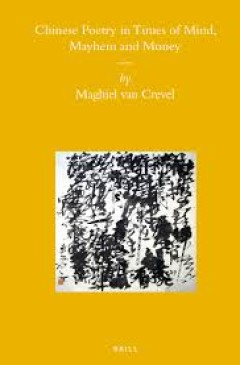
Chinese Poetry in Times of Mind, Mayhem and Money
Chinese Poetry in Times of Mind, Mayhem and Money is a groundbreaking contribution to scholarship, well-suited to classroom use in that it combines rigorous analysis with a lively style. Covering the period from the 1980s to the present, it is organized around the notions of text, context and metatext, meaning poetry, its socio-political and cultural surroundings, and critical discourse in the …
- Edition
- Volume: 86
- ISBN/ISSN
- 978-90-47-44273-8
- Collation
- -
- Series Title
- -
- Call Number
- -
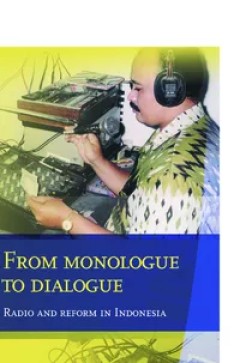
From Monologue to Dialogue : Radio and Reform in Indonesia
From Monologue to Dialogue: Radio and Reform in Indonesia analyses how radio journalism since the late 1990s has been shaped by and contributed to Reformasi, or the ambition of democratizing Indonesian politics, economy and society. The book examines ideas and practices such as independent journalism, peace journalism, meta-journalism, virtual interactivity, talk-back radio and community radio,…
- Edition
- -
- ISBN/ISSN
- 978-90-04-25383-4
- Collation
- vi, 190 pp.
- Series Title
- Verhandelingen van het Koninklijk Instituut voor Taal-, Land- en Volkenkunde, Volume: 264
- Call Number
- 950 JUR m
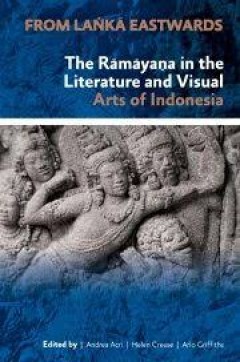
From Lanka Eastwards : The Ramayana in the Literature and Visual Arts of Indo…
The Kakawin Ramayana, arguably the oldest Old Javanese epic text in Indic metres (circa 9th century AD), holds a unique position in the literary heritage of Indonesia. The poem has retained a remarkable vitality through the centuries in the Archipelago, inspiring many forms of artistic expression not only in the domain of literature but also in the visual and performing arts, from the reliefs o…
- Edition
- -
- ISBN/ISSN
- 978-90-04-25376-6
- Collation
- xvi, 259 pp.
- Series Title
- Verhandelingen van het Koninklijk Instituut voor Taal-, Land- en Volkenkunde, Volume: 247
- Call Number
- 950 LAN
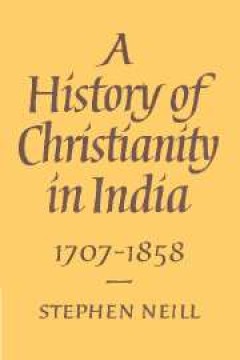
A History of Christianity in India 1707–1858
This book, a sequel to Bishop Neill's A History of Christianity in India: The Beginnings to 1707, traces its subject from the death of Aurunzib to the so-called Indian Mutiny. The history of India since 1498 is of a tremendous confrontation of cultures and religions. Since 1757, the chief part in this confrontation has been played by Britain; and the Christian missionary enterprise, especially …
- Edition
- -
- ISBN/ISSN
- 9780511520563
- Collation
- -
- Series Title
- -
- Call Number
- -
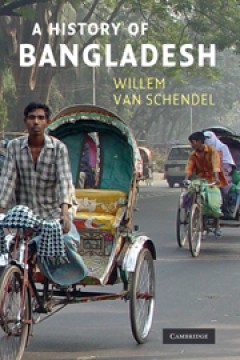
A History of Bangladesh
Bangladesh is a new name for an old land whose history is little known to the wider world. A country chiefly famous in the West for media images of poverty, underdevelopment, and natural disasters, Bangladesh did not exist as an independent state until 1971. Willem van Schendel's history reveals the country's vibrant, colourful past and its diverse culture as it navigates the extraordinary twis…
- Edition
- -
- ISBN/ISSN
- 9780511997419
- Collation
- -
- Series Title
- -
- Call Number
- -
 Computer Science, Information & General Works
Computer Science, Information & General Works  Philosophy & Psychology
Philosophy & Psychology  Religion
Religion  Social Sciences
Social Sciences  Language
Language  Pure Science
Pure Science  Applied Sciences
Applied Sciences  Art & Recreation
Art & Recreation  Literature
Literature  History & Geography
History & Geography